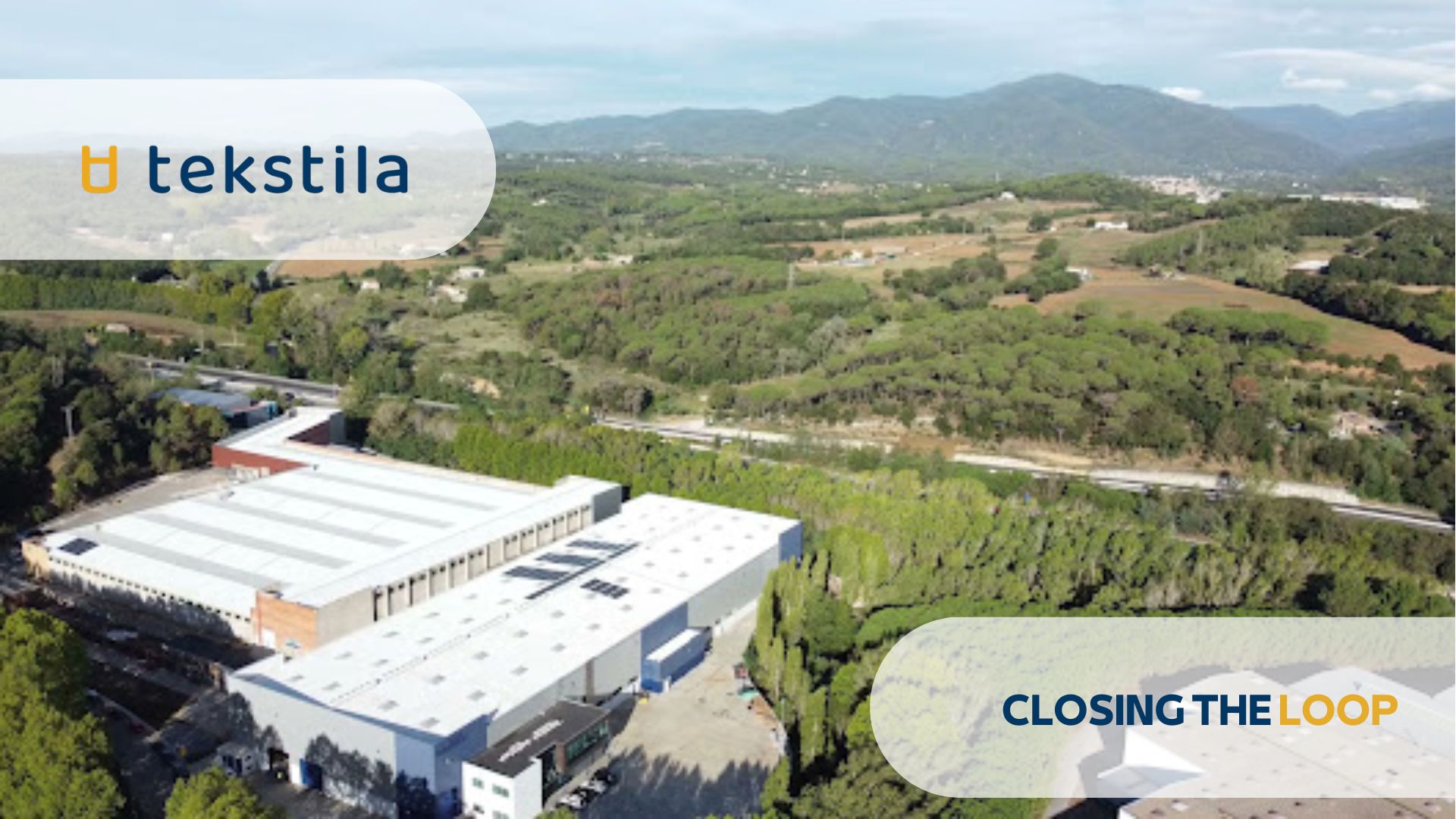Professional Career:
How did you start your career in logistics in the fashion sector?
My career began when I was still a child, accompanying my mother to sell clothes in the street markets in our geographical area. I quickly developed an interest in textile waste and specialised in buying and selling fabrics and garments that were out of season. I also played other keys, apart from textiles.
Later on, I became interested in franchising with a children’s fashion brand, and again my focus was on the remaining stocks that became obsolete after the end of the season. I started researching these stocks and obtaining contacts for which to manage transactions, which soon became international.
What have been the most important milestones in your career so far?
For me, one of my main goals has always been to develop the foresight on how and where to sell stocks.
Giving a second life to discontinued garments while maintaining the standards of the brand image, is an achievement that has required a lot of effort, but we have managed to do it well and become today one of the benchmark companies in the sector.
Role and Responsibilities:
What are your main responsibilities as Logistics Manager at TEKSTILA?
My main responsibility lies in the automation of processes and especially in the supply chain of the collections business, which is one of the most demanding. As well as coordinating, optimising warehouse space and outsourcing the necessary services. And all this with an eye on the future.
How do you manage the daily challenges in the logistics of such a leading company as TEKSTILA?
The key is the optimal selection of raw materials and fluid communication with the different departments and with suppliers to obtain the necessary information that allows us to be proactive in making decisions.
Innovation in Logistics:
What logistics innovations have you implemented at TEKSTILA to improve efficiency?
Firstly, the implementation of the enterprise resource planning system (ERP system).
Then, the technology that allows product identification by radio frequency (RFID technology).
The procurement of infrastructures for the storage of goods, taking into account security and optimisation of resources.
And the automation of actions with tracking and tracing and picking technology.
How is technology changing the logistics landscape in the fashion industry?
Technology plays a crucial role in textile logistics. It improves the financial and operational performance of the company and the results are visible in the short term, although the investment is considerable. But in the long run, companies that are at the cutting edge are the ones that endure over time.
In the textile sector, technology is closely related to the longevity of companies.
Strategies and Continuous Improvement:
What strategies do you see as key to optimising TEKSTILA’s supply chain?
Investment in digitalisation is key to improving lead times and error margins.
So is managing the supply chain in a sustainable way, effectively managing waste.
The foresight to incorporate new technologies that improve the accuracy and speed of operations.
Can you share any examples of continuous improvement in the company’s logistics?
Constant inventory control for the optimisation of storage space.
Detecting the need for technological tools.
The automation of supply chain processes.
Collaborations and Projects:
Are there any recent collaborations or projects that have particularly excited you?
There are. We have recently been exploring the opportunities of implementing RFID technology at our headquarters in Vallgorguina.
I am also excited about maintaining close cooperation with our partners. This is a key point to get first-hand information and to remain at the forefront, with an eye on progress.
How do you work with other departments to ensure a smooth operation?
We are in constant communication with the purchasing and sales departments to have a forecast of the resources to be allocated.
This way we can ensure that the right technology, personnel and storage space is available. As well as the necessary transport for the movement of inputs.
Vision and Future:
How do you see the future of logistics in the fashion industry?
With a vision focused on making orders as personalised as possible. This requires a whole range of information technology and the sorting of garments by adjustable parameters according to the desired criteria.
What are your long-term objectives for TEKSTILA?
My objectives are to be at the forefront of the technological offer.
I also think about the value of all this management and I see this value as an asset with the possibility of offering this service to an ever-growing demand.
Advice for Professionals:
What advice would you give to young people looking for a career in logistics?
I would advise them to start working from scratch so that they get to know all the fields well. They should work hard and keep themselves well trained and up to date with everything related to technology applied to logistics.
What skills do you consider essential to succeed in this field?
It is essential to be organised, meticulous and at the same time flexible to accommodate new ideas.

